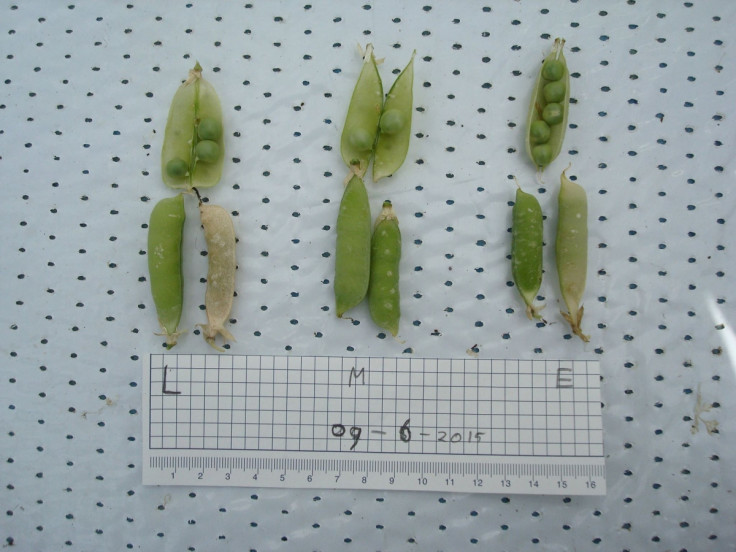Crops on Mars: Tomatoes, peas, rocket and radish grown in Martian soil experiment

An experiment to simulate the conditions of growing crops on Mars has yielded 10 different species, including peas, tomatoes, rocket and radish. Scientists said the outcome of the soil simulant was more successful than expected, being almost as good as the Earth control test.
Researchers are currently trying to work out how to grow fruit and vegetables in conditions that mimic Mars and the Moon in the hopes that one day, astronauts visiting them will be able to sustain themselves.

A team at the Wageningen University & Research centre in the Netherlands carried out an updated experiment, building on previous attempts to grow crops in a Mars and Moon soil stimulant. This soil is as close to what is found on these cosmic bodies as possible – the Mars simulant comes from a volcano on Hawaii, while the moon one comes from an Arizona desert.
In the latest experiment, researchers used trays instead of small pots and added freshly cut grass to the simulant – a move that solved problems that arose with watering in prior attempts. The experiment began in April 2015 and the final harvest took place in October 2015.

Wageningen researchers announced 10 species - tomato, rye, radish, pea, leek, spinach, garden rocket, cress, quinoa and chives – were cultivated in a glass house under controlled temperature, light and humidity conditions. Wieger Wamelink, one of the researchers on the project, explained: "This is because we expect that first crop growth on Mars and moon will take place in underground rooms to protect the plants from the hostile environment including cosmic radiation."
And in both Moon and Mars conditions, researchers were able to harvest crops. Results showed the Mars growth was not statistically different to the control crop grow under conditions found on Earth. "That was a real surprise to us," Wamelink said. "It shows that the Mars soil simulant has great potential when properly prepared and watered. The biomass growth on the moon soil simulant was less than on both other soils, about half of the biomass. Only the spinach showed poor biomass production."

While the crops grew, they were not eaten by the scientists: "The soils contain heavy metals like lead, arsenic and mercury and also a lot of iron. If the components become available for the plants, they may be taken up and find their way into the fruits, making them poisonous."
He said further research is required so are currently running a crowdfunding campaign to start a third experiment looking into food safety: "The experiment should start in April 2016 with the growth of a new batch of crops including potatoes and beans. If the crops prove to be safe enough to eat, the funders will be invited for dinner where a 'Martian meal' will be served that includes the harvested crops; at least for those who dare!" he added.
© Copyright IBTimes 2025. All rights reserved.






















